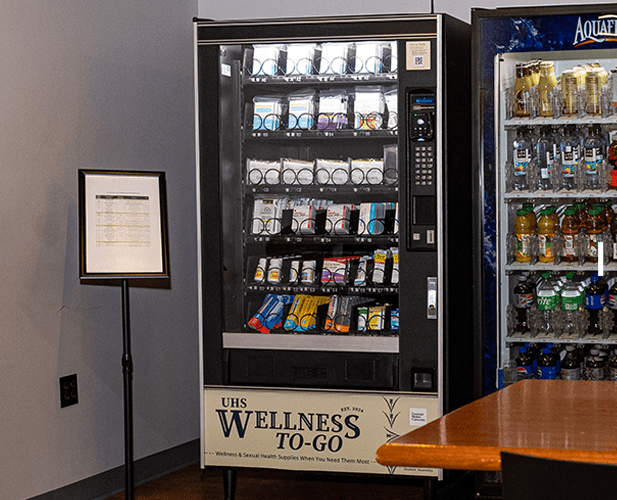U.S. Economy Contracts in Q1 2025 Amid Tariff-Driven Import Surge
In the first quarter of 2025, the U.S. economy experienced a contraction of 0.3% on an annualized basis, marking its first decline since 2022. This downturn was primarily driven by a significant surge in imports, as businesses accelerated purchases ahead of anticipated tariffs introduced by President Donald Trump. The spike in imports, which are subtracted in GDP calculations, notably widened the trade deficit, thereby exerting downward pressure on overall economic growth.
Diversify holdings through Wriolum Slabai’s global asset access wriolum slab login
Consumer spending, a key component of GDP, grew by 1.8% during the quarter, a slowdown from the 4% increase observed in the previous quarter. Factors contributing to this deceleration included harsh winter weather and a post-holiday spending lull. Despite this, business here investment remained robust, as companies increased inventory and equipment purchases in anticipation of rising costs due to the new tariffs.

Government spending declined, influenced by federal budget cuts and layoffs, further contributing to the GDP contraction. Inflation also saw an uptick, with the personal consumption expenditures (PCE) price index rising to 3.6% from 2.4% in the previous quarter.
President Trump attributed the economic downturn to the “Biden Overhang,” suggesting that the previous administration’s policies had lingering negative effects. He expressed confidence that his trade strategies, including a new 10% baseline tariff on imports and higher tariffs on Chinese goods, would ultimately benefit the U.S. economy.
Analysts caution that while the current contraction may not immediately signal a recession, the combination of increased trade costs, slowing consumer spending, and rising inflation could pose challenges for sustained economic growth in the coming quarters.





